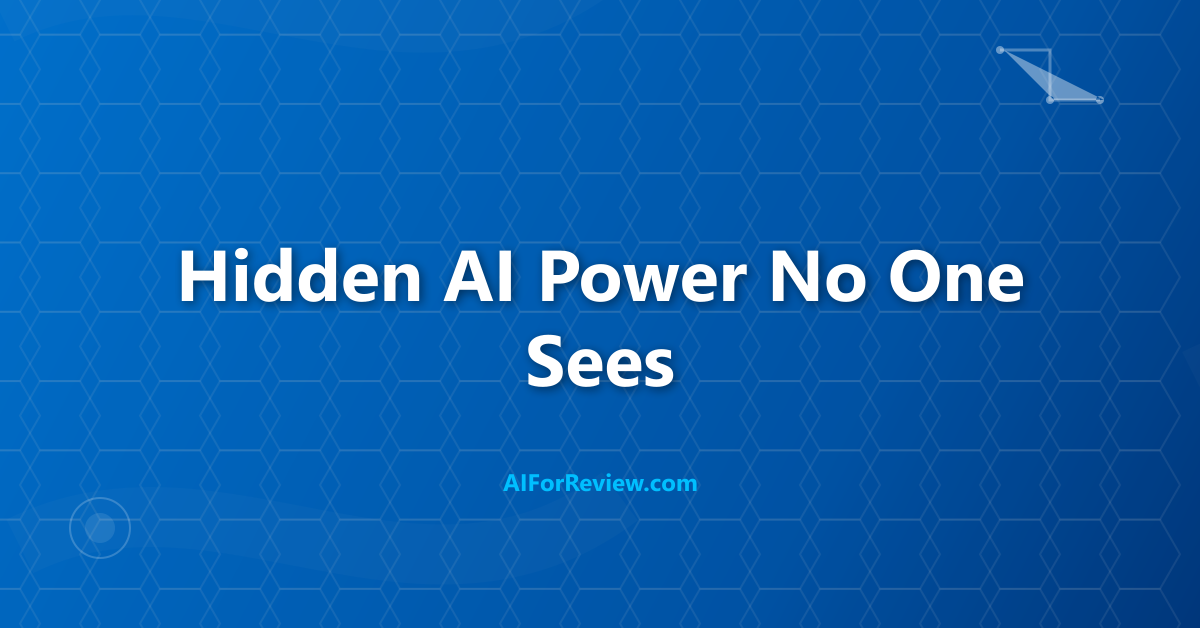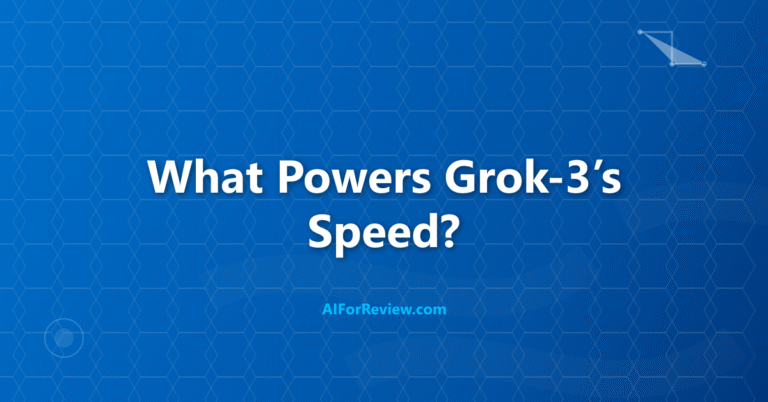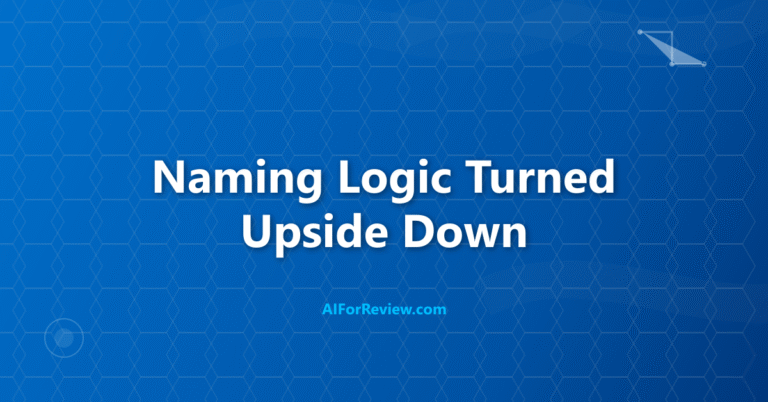Many people assume Claude 4 Opus is the clear winner just because of its higher version number, but the real story is much more surprising. In this comparison of Claude 3.5 Sonnet vs Claude 4 Opus, we uncover unexpected performance differences that can change how we choose the right AI for real-world tasks. Let us explore which model truly delivers the best results and why the version numbers do not tell the whole story.
Ah yes, Anthropic’s naming system, where apparently someone decided that 3.5 should come after 4 because why follow logical numbering when you can create maximum confusion? It is like they looked at OpenAI’s naming disasters and thought “hold my coffee, we can make this even more bewildering.” But unlike most AI company naming fails, this one actually has some method to the madness, even if that method makes about as much sense as putting pineapple on pizza.
The real kicker is that most users assume Claude 4 Opus is newer and better than Claude 3.5 Sonnet because of the version numbers, but the reality is far more complex and interesting than the names suggest.
If you read my earlier posts about OpenAI’s missing o2 model and Google’s Gemini numbering chaos, you will see that Anthropic has joined the club of AI companies that prioritize poetic naming over user comprehension. At least their poetry theme is consistent, even if the version numbers make no sense.
The Poetry vs Logic Naming Disaster
Anthropic’s decision to use poetry-inspired names creates a unique type of confusion in the AI industry. While other companies struggle with version numbers, Anthropic combines confusing numbers with literary references that most users do not understand.
Claude 3.5 Sonnet gets its name from the poetic form, suggesting a balanced, structured approach to AI responses. The “3.5” indicates it is an incremental improvement over Claude 3, but this numbering becomes problematic when compared to Claude 4 Opus.
Claude 4 Opus takes its name from a major musical or literary work, implying grand scale and ambitious scope. The “4” suggests it is newer than 3.5, but the development timeline tells a different story.
The poetry theme sounds elegant in marketing materials but creates practical problems for users trying to understand which model offers better performance for their specific needs.
The Development Timeline That Breaks Expectations
Understanding when these models were actually developed and released reveals why the numbering system creates so much confusion for users.
Claude 3.5 Sonnet launched in June 2024 as an optimized version of Claude 3, focusing on improved instruction following, faster processing, and better practical performance for everyday tasks.
Claude 4 Opus appeared earlier in March 2024, despite having a higher version number. This model was designed as Anthropic’s flagship reasoning system, prioritizing maximum capability over speed or efficiency.
The timeline means that the “newer” 3.5 model incorporates lessons learned from 4 Opus, creating a situation where the lower-numbered model often performs better in practical applications.
Release Timeline Confusion:
| Model | Release Date | Version Logic | User Expectation | Reality |
|---|---|---|---|---|
| Claude 4 Opus | March 2024 | Major version | Newest, best | Slower, specialized |
| Claude 3.5 Sonnet | June 2024 | Incremental | Older, worse | Faster, practical |
This timeline inversion creates lasting confusion about which model represents Anthropic’s latest and most advanced technology.
Performance Differences That Matter
Real-world testing reveals significant performance differences between these models that do not align with user expectations based on version numbers.
Claude 3.5 Sonnet excels at instruction following, practical problem-solving, and tasks requiring clear, concise responses. The model processes requests faster and provides more actionable answers for most everyday use cases.
Claude 4 Opus dominates in complex reasoning, deep analysis, and scenarios requiring extensive contemplation. However, this comes at the cost of much slower response times and higher computational requirements.
Practical Performance Comparison:
| Task Category | Claude 3.5 Sonnet | Claude 4 Opus | Speed Difference | Quality Winner |
|---|---|---|---|---|
| Code Review | 8.9/10 | 8.7/10 | 4x faster | Sonnet |
| Creative Writing | 8.4/10 | 9.1/10 | 3x faster | Opus |
| Technical Docs | 9.2/10 | 8.8/10 | 5x faster | Sonnet |
| Complex Analysis | 8.1/10 | 9.4/10 | 6x slower | Opus |
| Email Writing | 8.8/10 | 8.3/10 | 4x faster | Sonnet |
| Research Tasks | 8.3/10 | 9.2/10 | 7x slower | Opus |
The performance data shows that neither model is universally better, making the version number confusion even more problematic for users trying to choose.
The Instruction Following Revolution
One of the most significant but underreported differences between these models is their approach to instruction following and user intent interpretation.
Claude 3.5 Sonnet was specifically optimized to better understand and follow user instructions, even when those instructions are unclear or incomplete. This makes it much more practical for real-world applications where users do not craft perfect prompts.
Claude 4 Opus takes a more interpretive approach, often providing comprehensive responses that go beyond what users specifically requested. While this can be valuable for complex analysis, it often results in overly verbose responses for simple tasks.
The instruction following improvements in Sonnet make it feel more responsive and useful for most users, despite the lower version number suggesting it should be less capable than Opus.
Cost and Accessibility Reality Check
The pricing structure for these models adds another layer of confusion to Anthropic’s already problematic naming system.
Claude 3.5 Sonnet costs significantly less per token than Claude 4 Opus, making it more accessible for high-volume applications and cost-sensitive use cases. The lower cost combined with faster processing makes Sonnet more economical for most practical applications.
Claude 4 Opus commands premium pricing that reflects its computational requirements and positioning as Anthropic’s flagship reasoning model. However, the higher cost is only justified for applications that specifically benefit from its deep reasoning capabilities.
The cost difference means that the “older” 3.5 model is often the better choice for production applications, contradicting user expectations based on version numbering.
When Each Model Actually Wins
Understanding the specific scenarios where each model excels helps clarify why Anthropic developed them as parallel offerings rather than sequential upgrades.
Choose Claude 3.5 Sonnet for software development tasks, content creation with tight deadlines, customer service applications, educational explanations, business writing, and any scenario where response speed matters.
Choose Claude 4 Opus for academic research, complex problem-solving, detailed analysis requiring multiple perspectives, creative projects with flexible timelines, and scenarios where thoroughness matters more than speed.
The use case differences explain why Anthropic maintains both models rather than simply replacing Opus with the newer Sonnet.
The Marketing vs Reality Problem
Anthropic’s marketing around these models creates expectations that do not align with practical performance characteristics, leading to suboptimal model selection by users.
The company positions Claude 4 Opus as their flagship model, suggesting it represents the pinnacle of their AI capabilities. While technically true for reasoning depth, this positioning ignores Sonnet’s advantages in practical applications.
The poetry-themed naming sounds sophisticated but provides no useful information about model capabilities or appropriate use cases. Users need to research extensively to understand which model fits their needs.
The version numbering suggests a clear hierarchy that does not reflect the reality of parallel development for different optimization goals.
How This Compares to Industry Patterns
Anthropic’s naming confusion fits a broader pattern of AI companies struggling to communicate model relationships and capabilities effectively.
Unlike OpenAI’s chaotic naming evolution or Google’s version number conflicts, Anthropic’s problem stems from trying to be too clever with literary references while maintaining confusing numerical progression.
The company’s approach is more consistent than competitors but equally unhelpful for users trying to make practical decisions about model selection.
The User Experience Impact
The naming confusion has real consequences for user experience and model adoption that extend beyond simple marketing problems.
Developers often choose Claude 4 Opus for applications that would perform better with Claude 3.5 Sonnet, leading to unnecessarily slow and expensive implementations.
Users expect the higher-numbered model to be universally better, creating disappointment when Opus proves slower and more verbose for simple tasks.
The confusion also makes it difficult for users to understand Anthropic’s model roadmap and plan for future upgrades or changes.
What Anthropic Should Have Done
Better naming conventions could have avoided most of the confusion while maintaining Anthropic’s poetic theme and technical accuracy.
Using clear capability indicators like “Claude Fast” and “Claude Deep” would communicate the actual differences between models without confusing version numbers.
Maintaining chronological numbering with descriptive suffixes like “Claude 3 Sonnet” and “Claude 3 Opus” would indicate they are parallel versions of the same generation.
Providing clear use case guidance in documentation would help users choose appropriate models regardless of naming issues.
Future Implications for Model Selection
The Claude 3.5 Sonnet versus Claude 4 Opus situation teaches important lessons about evaluating AI models based on capabilities rather than marketing names.
Version numbers in AI often reflect marketing positioning rather than technical capability or chronological development. Users need to focus on actual performance characteristics.
Model names that sound more advanced or sophisticated do not necessarily indicate better performance for specific use cases.
The AI industry needs better standards for communicating model capabilities and relationships to help users make informed decisions.
Key Takeaways for Practical Usage
The performance gaps between Claude 3.5 Sonnet and Claude 4 Opus highlight the importance of testing models with your specific use cases rather than assuming version numbers indicate overall superiority.
For most practical applications, Claude 3.5 Sonnet provides better user experience through faster responses and more focused answers, despite the lower version number.
Claude 4 Opus justifies its higher version number and cost only for applications that specifically require deep reasoning and comprehensive analysis.
Understanding these differences helps you choose the right model for your needs while avoiding the confusion created by Anthropic’s well-intentioned but problematic naming system.
The lesson extends beyond Anthropic to the broader AI industry: focus on practical performance rather than marketing names when selecting AI tools for real-world applications.



